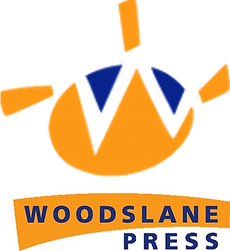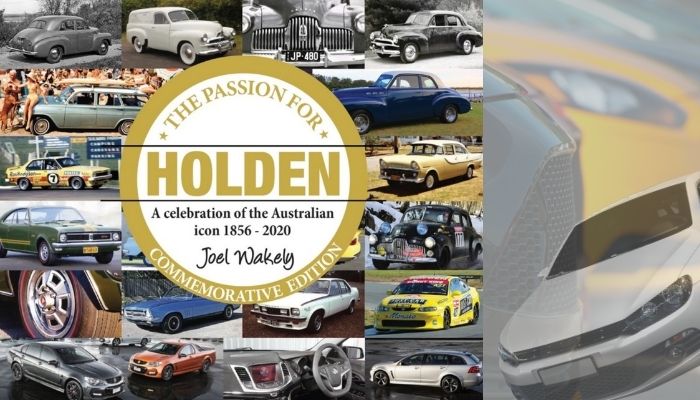The most often asked question I get is, “Why did you choose a Holden to go racing?”
Very early in life I became a member of the North Shore Sporting Car Club in Sydney, getting involved in competition events at Mt Druitt racing track. Sports cars were a way of life for me and as a young 17-year-old MG owner, Holdens were for oldies like my dad who had a 1952 model.
On reflection the change to Holden started on the 1st of February 1954, at the Mt Druitt track. I was there as a spectator to witness the first 24-hour non-stop road race held in Australia for stock model sports and sedan cars. With £3,000 pounds prize money on offer, a field of 22 cars lined up. They started at 2pm, Sunday 31st January.
The field included a C-type and a XK-120 Jaguar, a Bristol, an Aston Martin, three Humber Super Snipe sedans, several MGs and … a 48-215 Holden. After 547 laps (1936 kilometres) at an average speed of 50mph (80kmh) the Holden finished fourth behind the XK-120, the Bristol and a Humber Snipe.
A home-grown Holden driven by local Dick Shaw was up there with some of the best sports cars of the day - what an unexpected result (to me anyway)! This immediately changed my perception of our Australian Holden cars. There then followed a series of events which – looking back – had almost a ring of inevitability:
- I wrote my MG off.
- I was called up to do my National Service training - for the next year or two the stylishness of car I had was immaterial; I simply needed something practical and dependable.
- So I bought a FX Holden.
And I loved it. Many others followed including several significant models: a Monaro 350, several ‘Brock’ models, a much sought-after Walkinshaw and a Monaro CV-8. My experience is not untypical: Holden’s unique position and growing reputation in Australia was as much the result of its racing heritage as its pioneering of automobile manufacturing in the country. The Holden name is a symbol for many of ingenuity and adaptability.
In 1962, now the proud owner of a service station, I decide to get into racing myself. Reviewing the available options and remembering the race of 1954 (and many since), I chose a solid old 48-215 Holden and had it purpose engineered for racing in the new Appendix-J touring car category. I initially had visions of driving as well as managing a small team, but it seems that fate had different ideas and I ended up teaming with two drivers who greatly contributed to the early years of Holdens racing in Australia. Drivers Spencer Martin and Barry Seton achieved an un-matched record in the plucky 48-215 in 1963/64, giving both the start they needed to progress into full-time racing careers.
I look back on that season with a sense of real pride, for two reasons. Firstly, looking back, we were a significant part of the groundswell that persuaded Holden management to take racing seriously and commit to it for several decades. Secondly, we achieved an enviable record: a 94% finish rate from 43 starts, finishing first 29 times, second 6 times, third 3 times. That’s a 86% podium achievement – there’s not too many racing teams can point to those sorts of statistics!
Author: Joel Wakely

